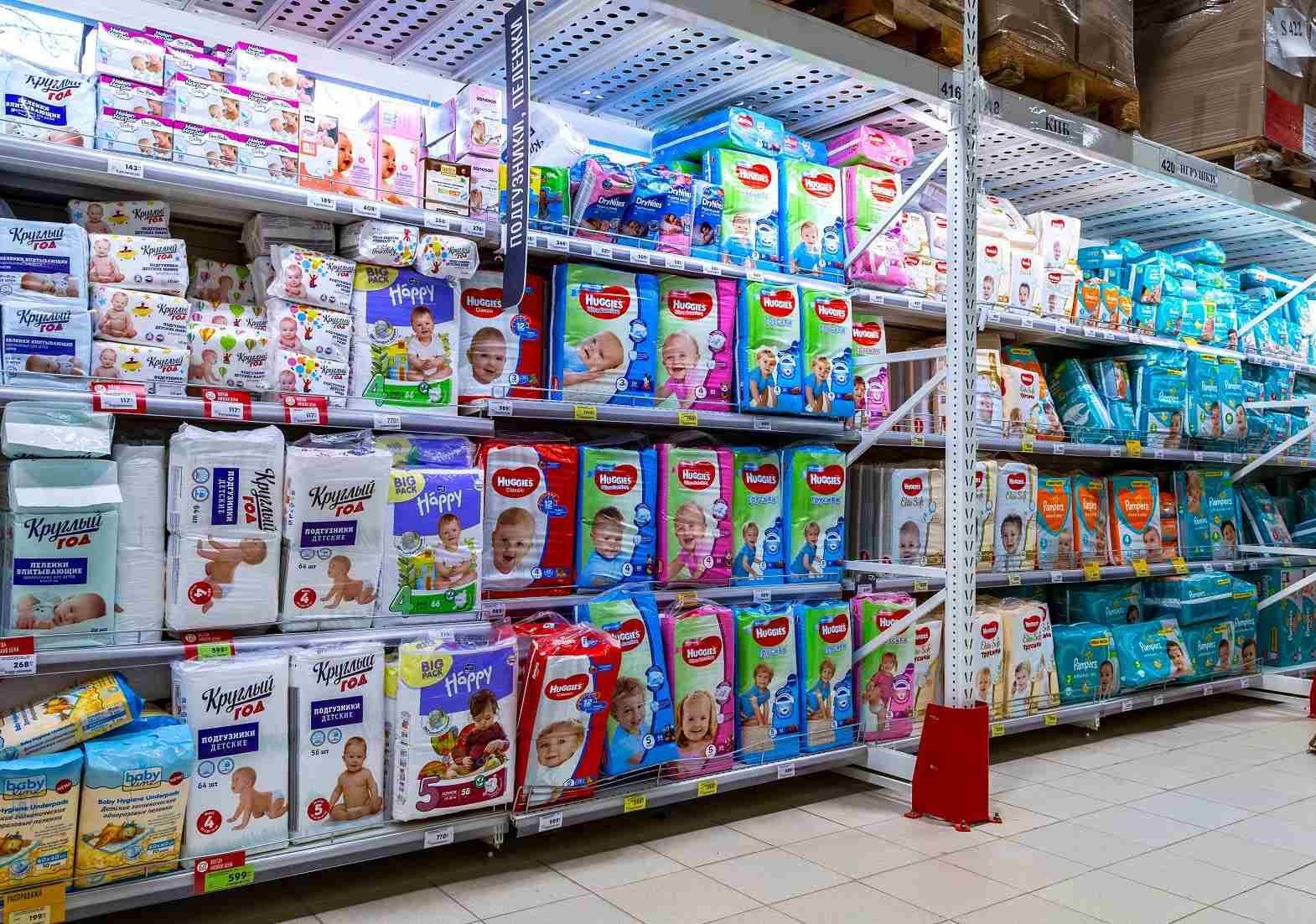According to a report by Transparency Market Research, the global market for superabsorbent polymers, including baby diapers, was valued at US $6.06 billion in 2013. With the current growth trajectory, the report predicts that the market will easily surpass US $8.78 billion by the year 2020. The compound annual growth rate (CAGR) is expected to be around 5.5 percent between 2014 and 2020, with the overall CAGR for diapers projected to be approximately 6.6 percent until 2017.
This remarkable growth in superabsorbent polymers can be attributed to the increasing demand for baby diapers in the developing economies of the Asia Pacific region, which is expected to persist over the next six years. Factors such as the rising population in the Asia Pacific region and greater awareness of infant hygiene are positively impacting demand. The global baby diaper market is anticipated to reach a market size of US $52.2 billion by 2017.
The disposable income of the global middle class has significantly increased, leading to changes in consumer preferences. Baby diapers are not only hygienic but also convenient, making them a preferred choice for middle-income groups. Developed regions like the U.S., Canada, Western Europe, and Japan have already been saturated by diaper brands, prompting manufacturers to explore emerging economies.
Countries such as China, India, Indonesia, Malaysia, Brazil, Egypt, and Turkey are projected to account for 58 percent of the global baby diaper market until 2018. The growth rates in these countries are attracting established players to introduce their brands and expand operations, as approximately 95 percent of the baby diaper market growth is expected to come from these regions. Diaper brands are currently focusing on these markets and emphasizing features like softness, absorbency/leakage protection, and body-hugging fit performance.
While the volume of diaper usage is high in developed countries, it is the large customer base in developing nations that is driving the increased demand for baby diapers. However, North America remains the region generating the highest revenue from baby diaper use.
The expectations and preferences of the consumers are also regarding the softness, absorbency and performance. Nevertheless, unlike the earlier baby diapers that lasted for only a few hours, consumers are now demanding baby diapers that last for 12 hours. Thus, the manufacturers are providing baby diapers with optimized absorbent cores that enhance performance in fluid acquisition/distribution materials. The elastic fabrics, which are in their third generation of material for diapers play a crucial role in boosting performance of diaper.
Also the manufacturers focus on the soft, cushioning aesthetics of the elastic laminate components, as these features affect consumers' impressions of the quality levels of diapers. The non-woven suppliers have also entered the baby diaper market, but the non-wovens' cost is high in comparison to other fabrics. It is a gigantic challenge for non-woven suppliers to maintain low cost in order to provide state of the art diaper. There are ultra-soft and cushioning non-wovens with unique pattern, which are known for their good performance, but the high cost discourages middle income groups from buying these diapers.
Another trend that has recently emerged around the world is that the leading diaper producers are now more flexible with regard to raw material choices. Most of the manufacturers do not mind change in raw material formulations to achieve lower costs and still meet performance specifications.
In some of the developed countries the market for baby diapers is likely to register a decline, following decline in population growth. In Japan the demand of diapers is expected to decline by 4 percent and thus some of the leading baby diaper companies have shifted their focus on adult diapers. It is the inclusive global population growth that presents an encouraging picture for the baby diaper manufacturers.
Global baby diaper market is growing around the world and in spite of a few constraints like decline in population growth in some countries; the market for baby diapers is blooming and will continue on the same track for next decade. The predicted market growth of baby diapers speaks volume about the future of the product.
References:
1. Nonwovens-industry.com
2. Digitaljournal.com
3. Bloomberg.com
4. Bb/newsarchive.com
Image courtesy:
1. Doctorrennie.wordpress.com








Comments